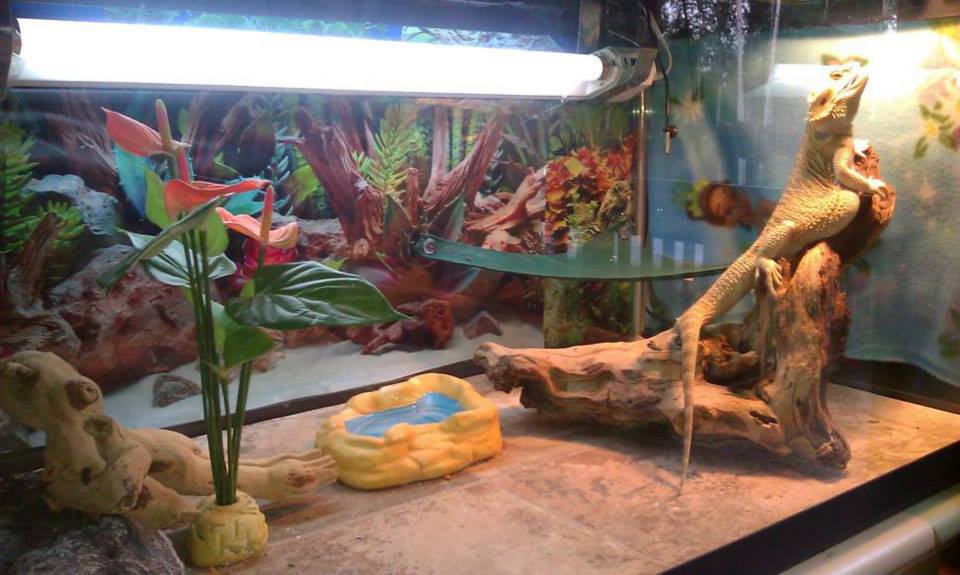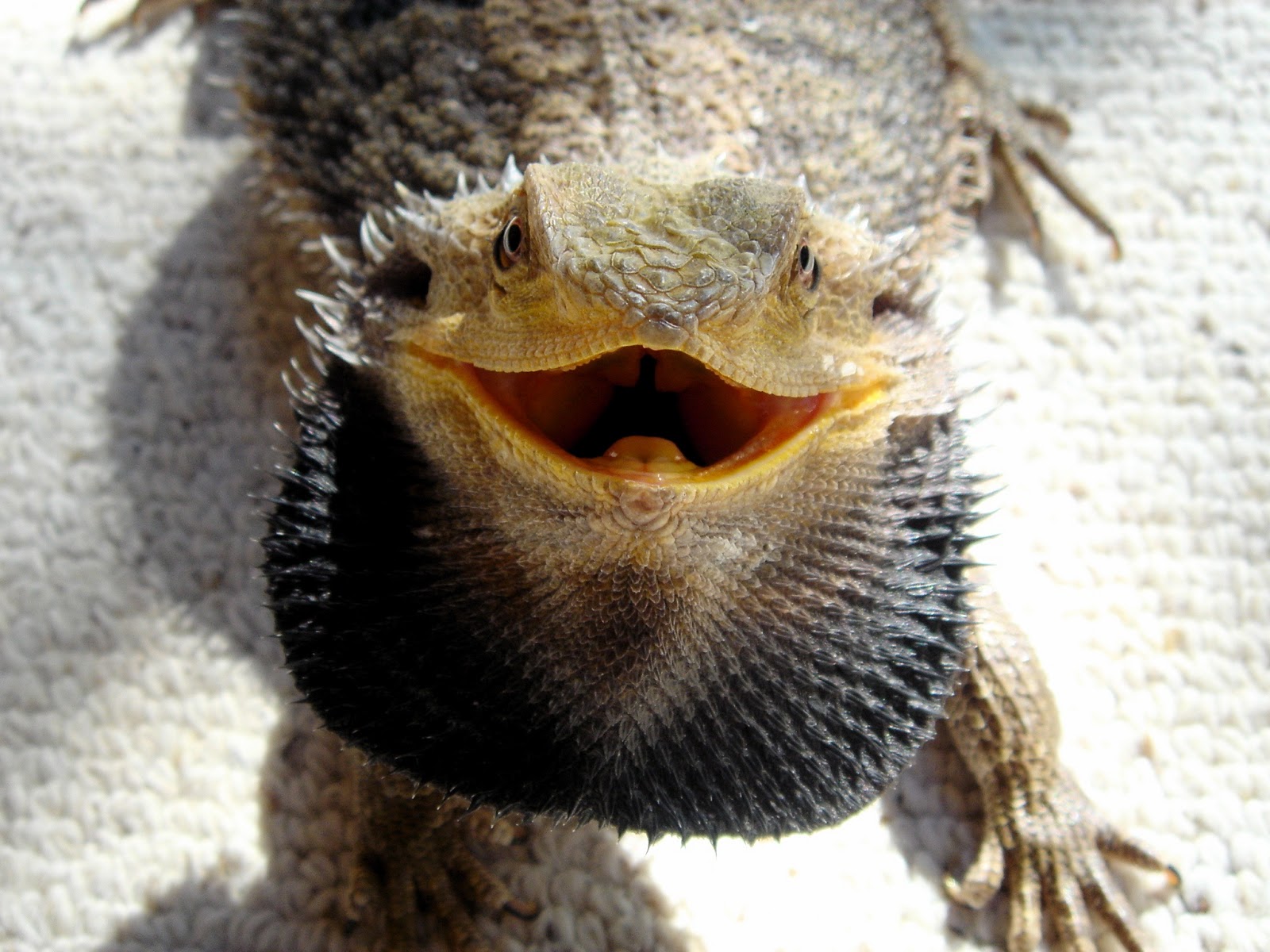Your Ultimate Guide to Setting Up a 75 Gallon Bearded Dragon Terrarium
Introduction
Bearded dragons are popular pets, and for good reason: they’re friendly, relatively easy to care for, and quite entertaining to watch. However, it’s important to remember that these creatures have very specific needs when it comes to their living environments. That’s why setting up the perfect 75-gallon bearded dragon terrarium is so important for their health and happiness.

The Basics of a Bearded Dragon Setup
Before delving into the specifics of a 75-gallon setup, let’s quickly go over the basic necessities for any bearded dragon terrarium. These include:
- A heat source: Bearded dragons need to be kept warm, with a basking spot of around 100-110°F.
- UV lighting: In order to properly synthesize vitamin D3, bearded dragons require UVB lighting.
- A nutritious diet: Be sure to feed your bearded dragon a balanced diet of insects, vegetables, and occasional fruits.
- A comfortable and spacious habitat: Bearded dragons are naturally active creatures and require plenty of space to bask, climb, and explore.
Setting Up the Terrarium
Now that we’ve covered the basics, let’s dive into the specifics of setting up a 75-gallon bearded dragon terrarium. Here are the steps you’ll need to follow:
Step 1: Choose the Right Tank
A 75-gallon tank is a great size for a bearded dragon, providing ample space for them to move around and explore. However, it’s important to choose a tank that is long enough to accommodate the full length of your bearded dragon (including their tail) and has enough height to allow for climbing structures.

Step 2: Add a Substrate
Bearded dragons need a substrate that is safe for them to walk on and won’t harm their digestive system if ingested. Suitable substrates include reptile carpet, paper towels, and ceramic tiles. Avoid using any type of loose substrate (such as sand or wood chips), as they can cause impaction if eaten.

Step 3: Set Up a Heat Source
Bearded dragons require a basking spot of around 100-110°F during the day, with a cooler side of the tank (around 80°F) for them to retreat to. You can achieve this using a combination of a heat lamp and a ceramic heat emitter. Create a basking spot by placing a reptile rock or branch directly under the heat lamp.
Step 4: Provide UVB Lighting
Bearded dragons require access to UVB lighting in order to properly synthesize vitamin D3. This can be achieved using a UVB bulb or fixture, placed above the basking spot. You will need to replace the bulb every 6-12 months to ensure it remains effective.

Step 5: Create a Comfortable Habitat
Bearded dragons love to climb and explore, so it’s important to provide plenty of hiding places, climbing structures, and basking spots. You can use a combination of reptile rocks, branches, and commercial bearded dragon décor to create a comfortable and stimulating habitat for your pet.

Conclusion
A 75-gallon bearded dragon terrarium is a great size and will provide your pet with ample space to explore and thrive. By following the steps outlined in this guide, you can create a safe, comfortable, and stimulating environment for your bearded dragon. Remember to monitor the temperature, UV lighting, and diet of your pet, and to clean the tank regularly to keep your bearded dragon happy and healthy. With a little love and care, your bearded dragon is sure to be your loyal companion for many years to come.

